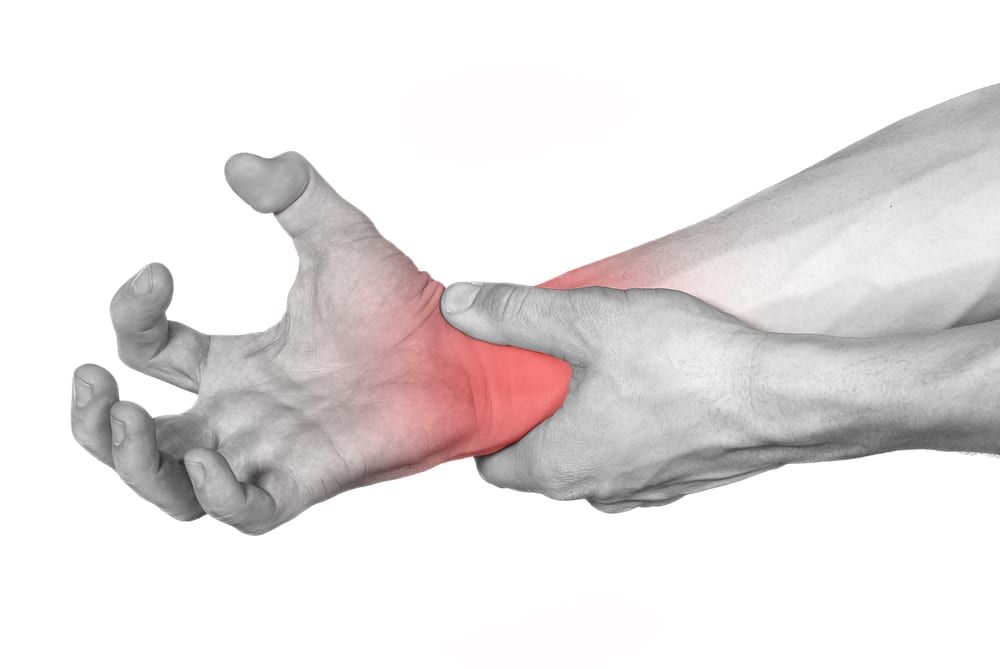Muscle spasticity is a common symptom of a variety of medical conditions that affect the central nervous system. While spasticity can be painful and limiting, understanding the underlying causes can help improve treatment. This article explores what causes spasticity, potential symptoms, and available treatment options.
What is Muscle Spasticity?
Muscle spasticity refers to tight or stiff muscles that occur as a result of abnormal signals from the nervous system. Under normal conditions, the nervous system regulates muscle tone and contraction. However, with conditions that damage the upper motor neurons in the brain or spinal cord, muscles receive mixed signals. Some signals tell the muscles to contract while others say relax. This leads to constantly contracted muscles that interfere with normal muscle movement and control.
Causes of Spasticity
There are several medical conditions that can cause Muscle Spasticity by damaging upper motor neurons:
Spinal cord injury: Any injury to the spinal cord, such as from a car accident or fall, can disrupt communication between the brain and muscles below the site of injury. This commonly leads to spasticity in the legs.
Stroke: A stroke occurs when blood flow to the brain is disrupted, typically by a blood clot or hemorrhage. Brain damage from a stroke can impact motor function and potentially cause spasticity.
Multiple sclerosis:</b> MS causes patches of inflammation and scarring within the central nervous system that disrupt neuronal signaling over time. Spasticity often develops as the disease progresses.
Cerebral palsy: CP is caused by a non-progressive brain injury or malformation that occurred during fetal development or infancy. Depending on the location and severity of injury, spasticity may be a component of CP.
Traumatic brain injury: A severe blow or jolt to the head can damage connecting nerves in the brain. Post-traumatic spasticity may develop as the primary or secondary effect of a TBI.
Potential Symptoms of Spasticity
The symptoms of spasticity depend on which muscles are affected but may include:
– Stiff, tight, or contracted muscles that interfere with normal movement
– Limbs that are difficult to straighten or bend at the joints
– Increased muscle tone making limbs feel very hard or rigid
– Sudden involuntary muscle spasms that cause jerky movements
– Difficulty performing everyday activities like dressing, bathing, or walking
– Pain, discomfort, or strain in the joints from constant muscle pull
– Sleep issues due to spasms, pain, or inability to find a comfortable position
Evaluating and Diagnosing Spasticity
If spasticity is suspected based on an individual’s medical history and symptoms, a full evaluation is needed. Tests may include:
– Neurological exam to test muscle tone, strength, range of motion
– Imaging studies like MRI or CT scan to identify the cause or location of injury
– Electromyography to evaluate electrical signals in muscles and nerves
– Blood tests to rule out other potential causes
Making a clear diagnosis allows developing a tailored treatment plan to adequately address the spasticity and improve function and comfort. Left untreated, spasticity can worsen over time.
Treating Muscle Spasticity
Treatment aims to relax stiff muscles, reduce painful spasms, improve mobility, and prevent deformities. Options may include:
Medications: Oral medications are often first-line and work by inhibiting neurotransmitters that cause muscle contractions. Common options are baclofen, dantrolene, and tizanidine.
Botulinum toxin injections: Botox works by blocking nerve impulses to specific muscles. It provides localized relief for 2-6 months and targets areas of most severe spasm.
Physical/occupational therapy: Stretching, positioning, exercises and bracing can help improve range of motion and function while maintaining flexibility.
Neurosurgeries: Selective dorsal rhizotomy and intrathecal baclofen pump implantation may help in severe, refractory cases.
Complementary therapies: Heat/ice, massage, acupuncture and cannabidiol products have shown benefit for some as an adjunct treatment.
With a multidisciplinary approach factoring in lifestyle changes, proper spasticity management seeks to reduce symptoms and maximize quality of life. Regular monitoring allows adjusting therapies as needed over time.
Living with and Managing Spasticity
While there is no cure for spasticity stemming from conditions like SCI or MS, effective long-term management is achievable. Developing strategies around:
– Maintaining a regular exercise routine and stretching program at home
– Proper positioning, bracing, or adaptive equipment as prescribed
– Stress reduction techniques and getting sufficient rest
– Tracking triggers and preventing flares when possible
– Seeking medical help right away if spasticity worsens or new symptoms arise
Combining treatment compliance, lifestyle moderation, and assistive community support empowers those affected to handle spasticity proactively. With an optimistic mindset, people can learn to actively cope with their condition on a daily basis.
Muscle spasticity stems from disrupted signaling in the central nervous system. While it presents significant physical and emotional challenges, addressing the underlying causes, staying adherent to prescribed therapies, and practicing self-care strategies provides the best means for living well despite its effects. Continued advancements in medical research also hold promise for improving spasticity management in years to come.
*Note:
1. Source: Coherent Market Insights, Public sources, Desk research
2. We have leveraged AI tools to mine information and compile it

